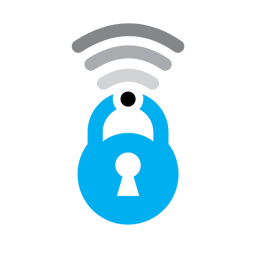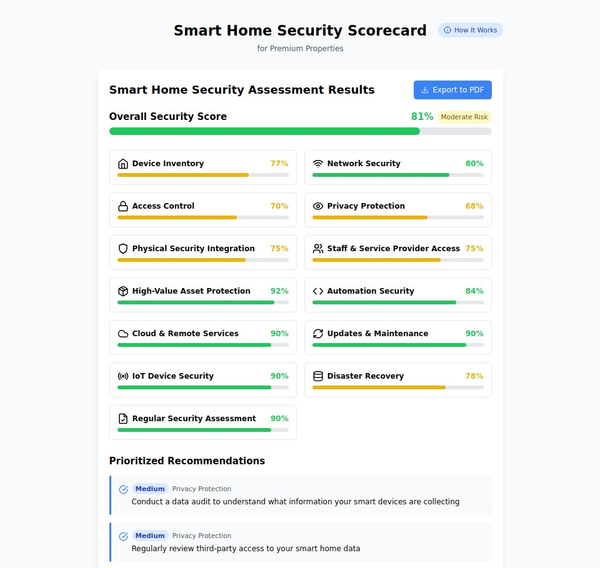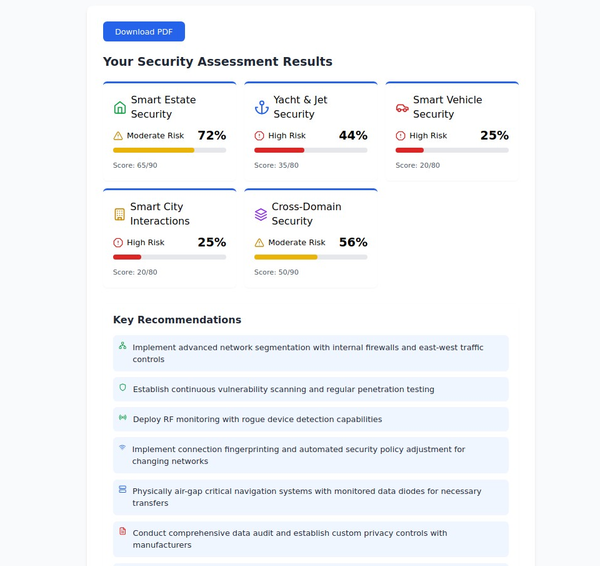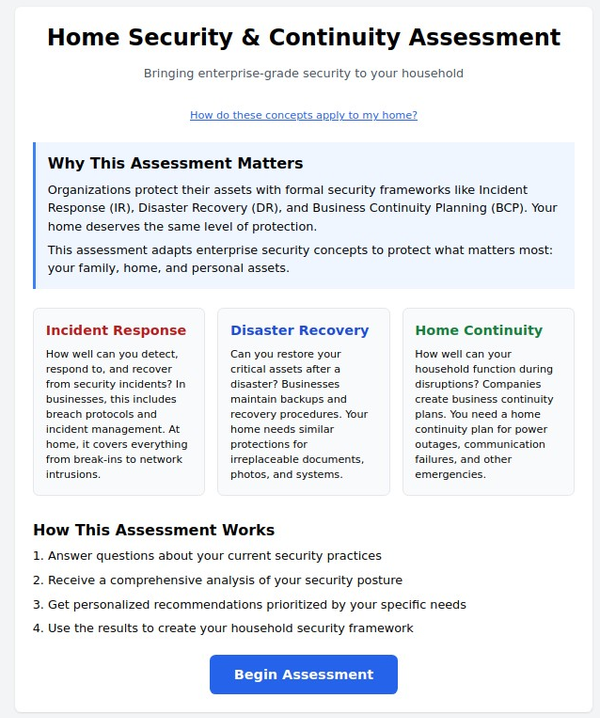Regulatory Compliance for IoT Devices

The proliferation of Internet of Things (IoT) devices has introduced new challenges in data privacy and security. Ensuring compliance with various regulatory requirements across different regions is crucial for organizations deploying IoT solutions. This article outlines the key regulations, including GDPR, CCPA, and others, and provides guidance on how to ensure compliance.

General Data Protection Regulation (GDPR)
The GDPR, implemented by the European Union, is a comprehensive data protection regulation that applies to any organization processing the personal data of EU citizens, regardless of where the organization is located.
Key Requirements:
- Data Minimization: Collect only the data necessary for the intended purpose.
- Consent: Obtain explicit consent from users before collecting and processing their data.
- Data Security: Implement robust security measures to protect data from breaches.
- Data Subject Rights: Ensure that individuals can access, correct, and delete their data.
- Breach Notification: Notify authorities and affected individuals of data breaches within 72 hours.
Challenges and Strategies:
- Data Volume and Variety: IoT devices generate large amounts of diverse data, making it difficult to manage and secure.
- Device Security: Many IoT devices have limited processing power and memory, constraining their ability to implement strong security measures.
- Data Transmission: Data is often transmitted over wireless networks, which can be susceptible to interception and breaches.
- Third-Party Services: IoT ecosystems often involve multiple service providers, complicating data protection efforts.
Ensuring Compliance:
- Conduct Data Protection Impact Assessments (DPIAs): Evaluate the potential impact of IoT projects on data privacy and implement measures to mitigate risks.
- Implement Robust Security Measures: Use encryption, secure communication protocols, and regular software updates to protect data at rest and in transit.
- Obtain Informed Consent: Clearly inform users about the data being collected and how it will be used. Ensure that consent is obtained in a manner that complies with GDPR requirements.
- Data Minimization and Anonymization: Collect only the data necessary for the specific purpose and anonymize data wherever possible to reduce privacy risks.
- Ensure Data Subject Rights: Provide mechanisms for users to access, correct, and delete their data through user-friendly interfaces and clear communication.
- Regular Audits and Monitoring: Conduct regular audits of IoT systems to ensure ongoing compliance with data protection regulations.

California Consumer Privacy Act (CCPA)
The CCPA provides similar protections to GDPR but focuses on the rights of California residents. It applies to any company that collects and processes personal data of California residents, regardless of where the company is located.

Key Requirements:
- Right to Access: Consumers have the right to know what personal data is being collected about them.
- Right to Delete: Consumers can request the deletion of their personal data.
- Right to Opt-Out: Consumers can opt-out of the sale of their personal data.
- Non-Discrimination: Consumers should not be discriminated against for exercising their privacy rights.
Ensuring Compliance:
- Inventory of Data: Maintain an inventory of all personal data collected and processed.
- Transparency: Provide clear and comprehensive privacy notices to consumers.
- Data Security Measures: Implement security measures to protect personal data from unauthorized access and breaches.
- Consumer Requests: Establish processes to handle consumer requests for data access, deletion, and opt-out.
Other Relevant Regulations
Brazil’s General Data Protection Law (LGPD):

- Aligns closely with GDPR, emphasizing data protection for Brazilian citizens.
- Requires explicit consent for data processing and provides data subject rights similar to GDPR.
Personal Data Protection Act (PDPA) in Singapore:
- Regulates the collection, use, and disclosure of personal data in Singapore.
- Requires organizations to obtain consent, protect data, and provide access and correction rights to individuals.

Cybersecurity Law of China:
- Includes provisions to safeguard critical information infrastructure.
- Requires organizations to implement security measures and report data breaches.

IoT Security Regulations in the EU:
- The European Commission has imposed minimum security requirements for IoT products, starting in 2024.
- Requirements include prohibition on default and weak passwords, support for software updates, mandatory testing for security vulnerabilities, and safeguarding of stored personal data.
Conclusion
Ensuring compliance with IoT regulations is a complex but essential task. By implementing robust security measures, obtaining informed consent, minimizing data collection, and regularly auditing systems, organizations can protect user data and maintain compliance with relevant laws. As IoT technology continues to evolve, staying informed about regulatory changes and best practices will be crucial for maintaining data privacy and security.
For more detailed information and tips, consider visiting resources like PwC, NetApp BlueXP, and the IoT Security Foundation.
Citations:
[1] https://www.pwc.co.uk/services/risk/technology-data-analytics/data-protection/insights/the-internet-of-things-is-it-just-about-gdpr.html
[2] https://bluexp.netapp.com/blog/data-compliance-regulations-hipaa-gdpr-and-pci-dss
[3] https://blog.healthverity.com/ccpa-connected-devices-and-new-privacy-regulations
[4] https://www.secura.com/blog/iot-products-basic-security-requirements
[5] https://www.thalesgroup.com/en/markets/digital-identity-and-security/iot/inspired/iot-regulations
[6] https://www.tripwire.com/state-of-security/iot-security-regulations-compliance-checklist-part-1
[7] https://www.telit.com/blog/iot-regulations-compliance/
[8] https://episensor.com/knowledge-base/iot-data-privacy-ensuring-compliance-with-gdpr-and-other-regulations/
[9] https://iotsecurityfoundation.org/best-practice-guidelines/
